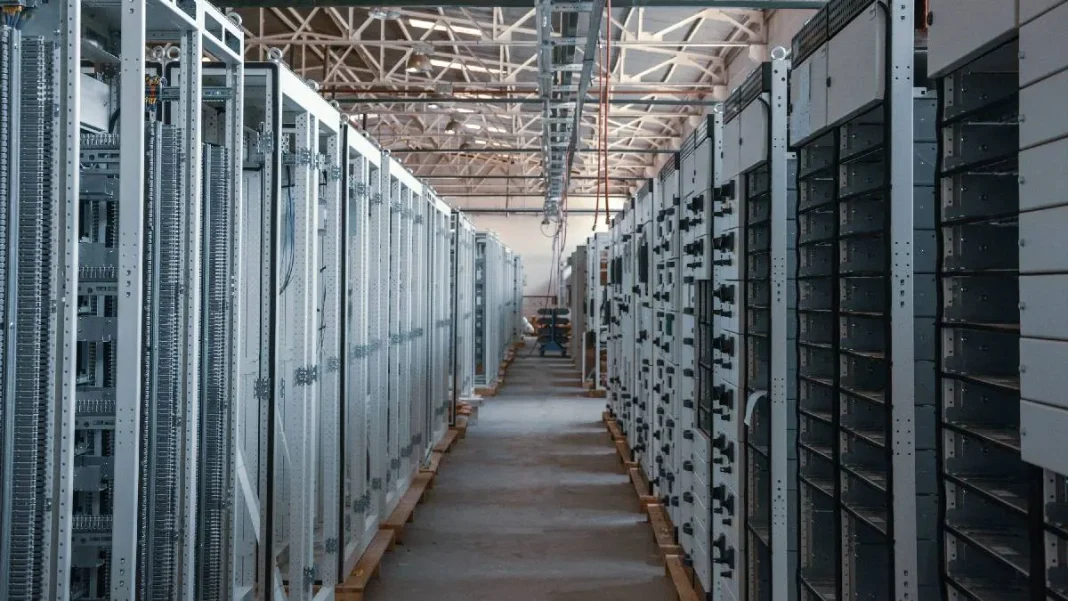India’s data centre capacity has surged by 260 MW, crossing the 1.5 GW milestone as of September, with Mumbai dominating over half of the national infrastructure.
Key Takeaways
- India’s data centre capacity reaches 1.5 GW with 260 MW recent growth
- Mumbai hosts 53% of total capacity, raising concentration concerns
- $94 billion in investment commitments since 2019
- India offers cost advantages over Singapore, China, and Japan
According to a CBRE report, Mumbai’s financial hub concentrates 53% of national data centre capacity, highlighting geographic concentration risks for resource-intensive facilities near major cities.
Drivers of Data Centre Expansion
Multiple factors fuel this rapid expansion: accelerated digital adoption, supportive government policies, and growing corporate investments in artificial intelligence infrastructure.
Anshuman Magazine, Chairman and CEO of CBRE India, stated that data localization initiatives and other government schemes are successfully attracting investor interest.
Investment Patterns and Geographic Spread
Since 2019, India has secured nearly $94 billion in data centre investment commitments, with Telangana, Maharashtra, and Tamil Nadu emerging as top destinations. The first nine months of 2025 alone attracted $30 billion in commitments.
Major conglomerates like the Tata Group have announced ambitious plans, including building 1 GW of capacity independently.
Mumbai’s dominance stems from its strategic advantages: proximity to global internet exchange points and position as a key landing station for international submarine cables.
Capacity Distribution Across India
- Mumbai: 53% of national capacity
- Chennai: 20% (distant second)
- Delhi NCR: 10%
- Bengaluru: 7%
Competitive Cost Advantages
India ranks among the world’s most affordable data centre locations, offering significant savings in construction and power costs compared to Singapore, China, and Japan.
The proliferation of Global Capability Centres (GCCs) by multinational corporations further drives computing demand, particularly for AI-related workloads requiring substantial processing resources.




